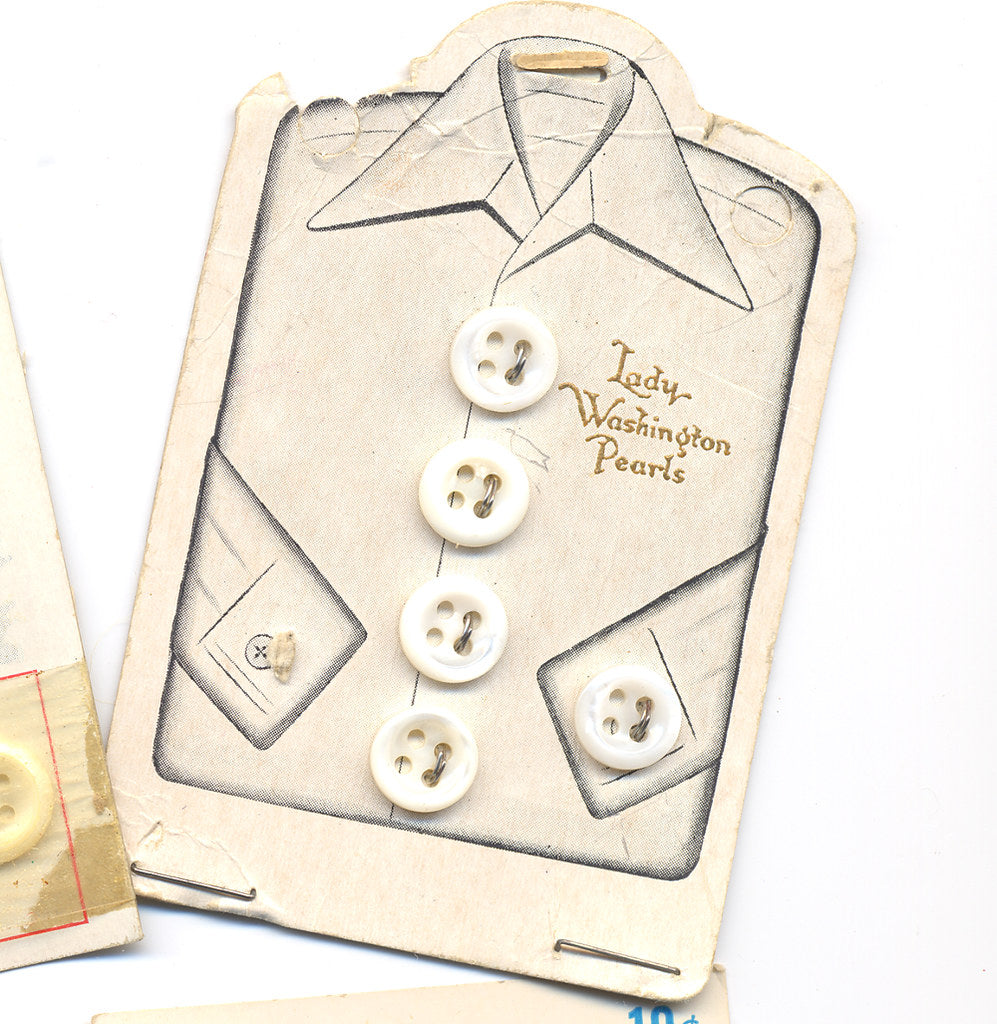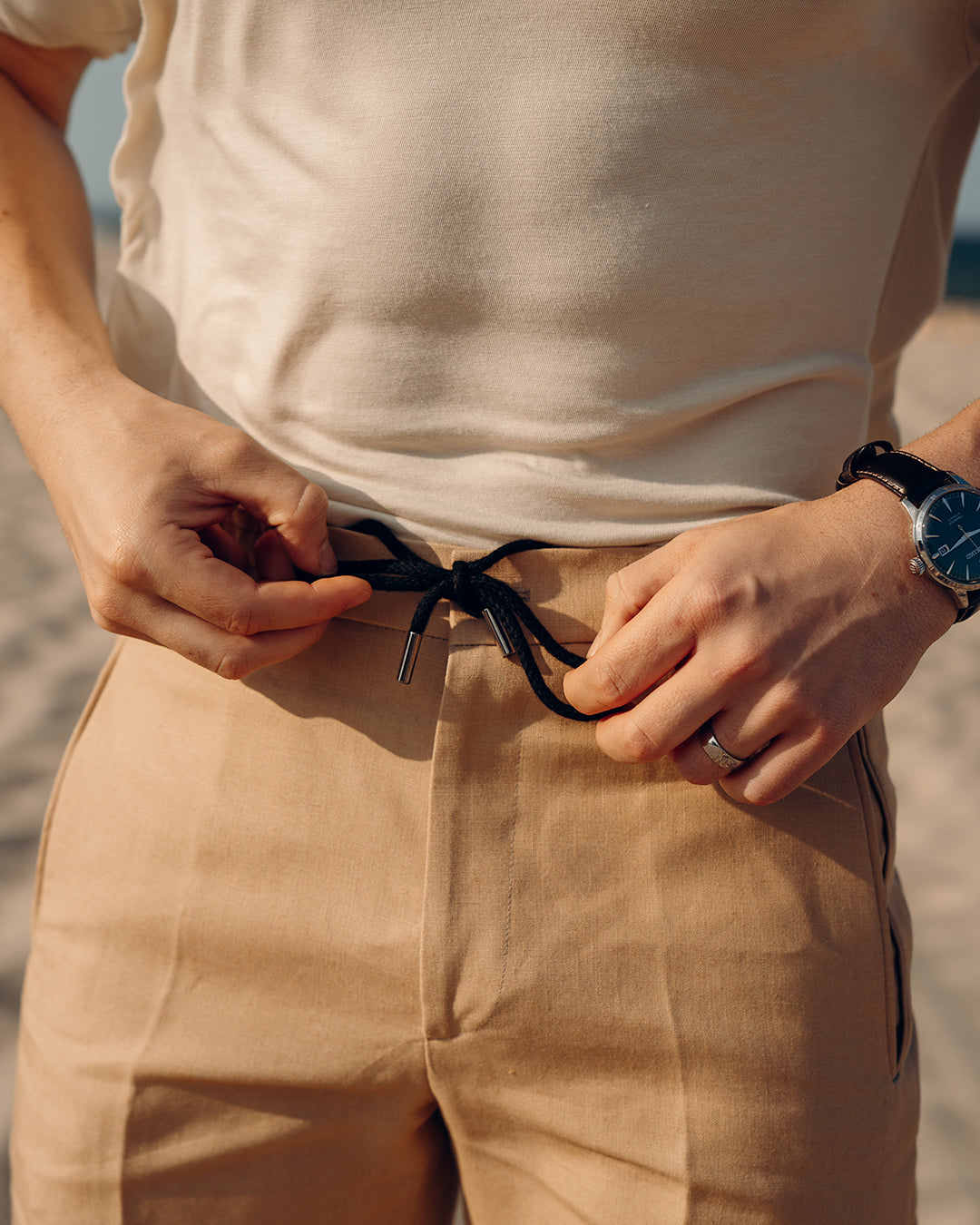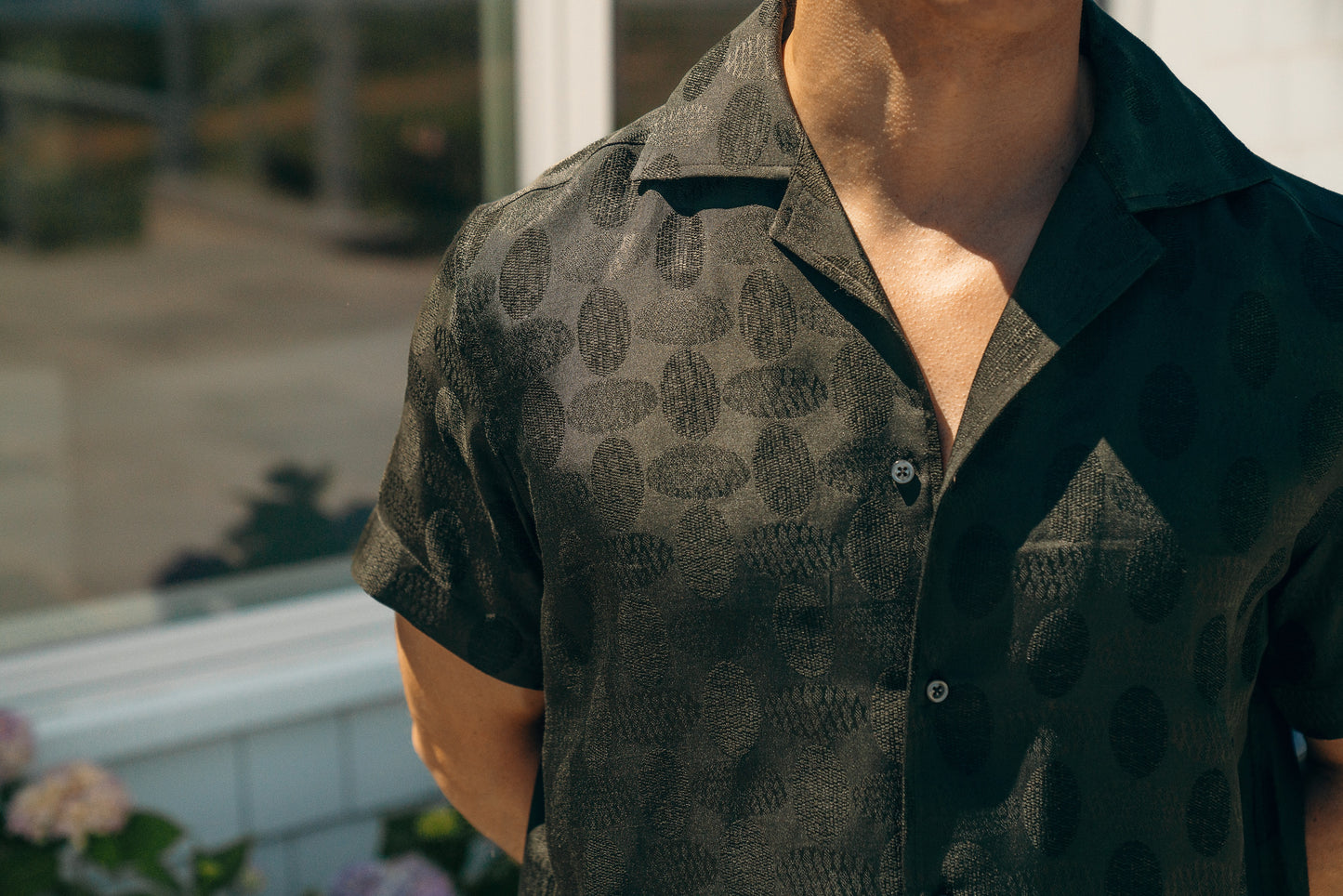
Complete this phrase: “it’s the little things…” Maybe you went with “that count,” or “that make life worth living,” or “that tend to be cute and fluffy.” No matter what you went with I bet it was on the positive side because we love the little things. They’re just so little! And such things! Sometimes we can take all the little things for granted because they’re just being little and doing they’re on thing, so let us now praise one of our most beloved but not always celebrated little things- buttons.
Admit it, most of the time we think about buttons is due to their not being one where there should be. The agony of losing a button should be familiar to all those who call clothes a passion. But did you ever stop to think about what those little guys are all about? Buttons are deeply ancient and surprisingly modern, a measure of quality, and evidence of attention to detail. And, baby, you know how much we like details over here at WvG.

In the old days, since buttons had to be made by hand and it was way easier to tie your clothes on, a lot of buttons were strictly ornamental. But their utility eventually caught on. Some of the earliest functional buttons were shank buttons, the kind of which you might still see today on garments made with super thick material like corduroy and leather. They’d be a sturdy material, such as wood or animal horn, with a little loop sticking out the back, commonly made of metal but hey whatever works. Then the ancient folks would sew the tranche button right onto the garment. Easy peasy, but definitely bulky.
Buttons could feasibly be made with anything, and there are all kinds out there. All across the world there’s some sort of local button tradition. But the most common of the modern era are sew through buttons, the kind with the little holes in the middle. While, yes, you could spend your days making those out of wood and metal, the rise of their popularity would likely never have happened if it weren’t for a little assist from Poseidon.

Seashells are, obviously, very pretty. Plenty of cultures incorporated them as ornaments for their garb. More importantly, and this is probably not a secret to anyone who’s ever tried to pry open a mollusk, they’re tough as hell. Many shells have this particular property where you can break them into pieces but the pieces themselves don’t lose structural integrity. Punch a hole in an oyster shell and the piece you pop out will still be as strong as the original shell. Punch even tinier holes and in that small piece and it still holds up. And so, humanity discovered that once they were done slurping clams they could make some handsome buttons out of their table scraps.
You’re probably familiar with nacre, or mother of pearl. Back in the day clams were but one of many shell life that were used as décor and material for buttons and fasteners. But you know what nacre has? Fucking beauty, that’s what. The buttons were prized for their dimensionality and off-white hue. I mean, it isn’t like clams have changed terribly much in the past evolutionary era, so the pretty nacre buttons on your favorite shirt would look about the same as what some well-to-do dauphin would be using on his, uh… justaucort? Cod piece? We can’t speak to the stylistic choices of the old days but they knew good material, at least.
Surprisingly, it was a small middle American town that thrived at making pearl buttons. While you might think oceanside locales would be more chock full of marine life the Mississippi was an untapped resource, so an entrepreneurial German immigrant named John Boepple went trawling the river for material. He found a hotbed of mollusks in Muscatine, IA and set up shop, leading to it being dubbed the Pearl Button Capital of the World. You can head to Muscatine next time you’re in Iowa, a bunch of places have pearl in their titles and they still have a few button mills going, but it ain’t the same because, well…

As with most things, industrial innovation brought us to the point of plastic taking over most other materials’ jobs, and a lot of the cheap buttons you’ll find these days are all just flimsy junk waiting for their day to occupy a landfill for a thousand years. If you think buttons are somehow exempt from garment manufacturing waste then you’re sorely mistaken.
These days natural materials are not only a sign of high quality and high fashion but high responsibility. You can find buttons made of all sorts of stuff these days that is biodegradable and eco-friendly. It’s one of those miracles of science that we can now reconstitute a slew of excess raw materials into pliable solids. Pick your preferred poison, or more likely protein, and there could be a button made of it, including hemp, milk, and more. Naturally occurring materials from various plants have also proven not just useful but handsome. We use buttons made of corozo, for instance, which is pulled from a palm nut that’s so pretty it’s commonly called “vegetable ivory.”
Take a moment to appreciate your buttons for all that they do for you and how much innovation it took to get them to your shirt today. It’s the little things that keep us looking good.



